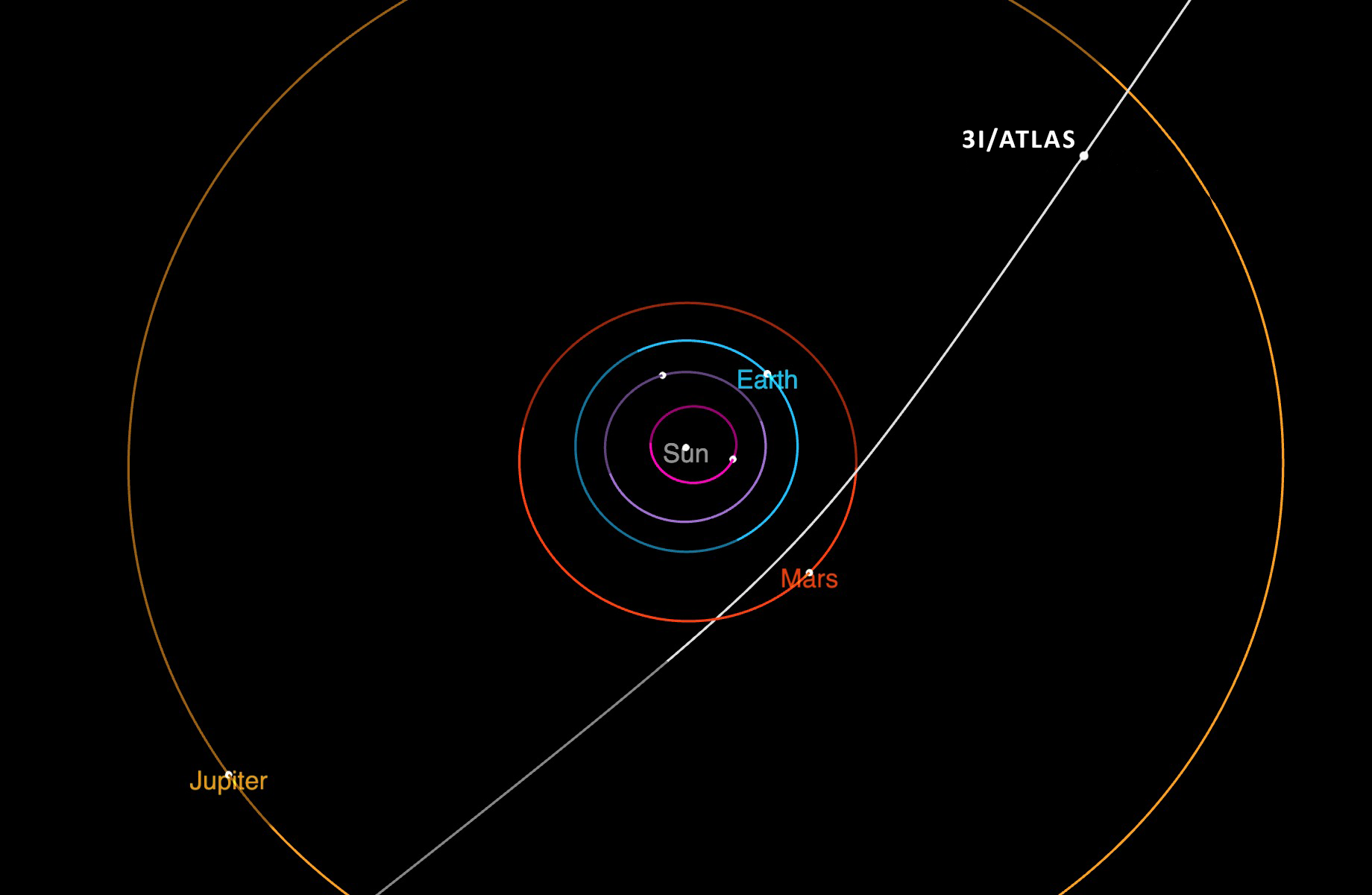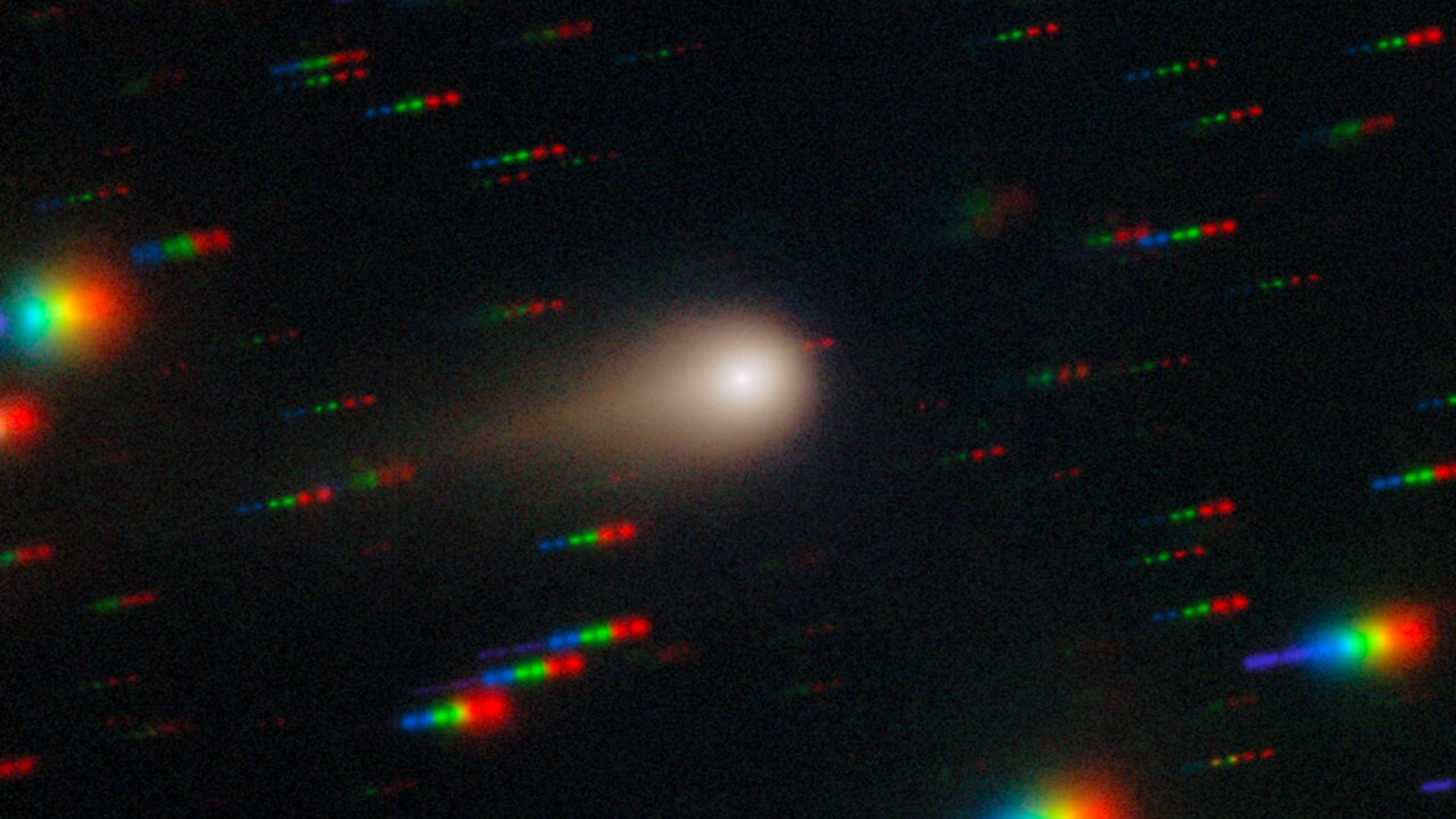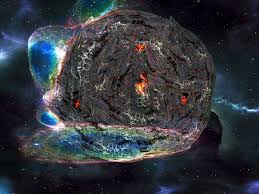Recent rumors surrounding an enormous comet named 3I/ATLAS have stirred up social media platforms, with claims suggesting an impending collision with Earth, sparking widespread concern. Despite alarmist views spreading across the internet, authoritative sources like NASA and the European Space Agency cESAc have assured the public that there is no credible threat posed by this comet. Detected by NASA's ATLAS telescope on July 1, 3I/ATLAS has been closely monitored as it journeys through the solar system.
The hyperbolic trajectory and rapid speed of 3I/ATLAS, clocking at around 210,000 kilometers per hour c130,500 miles per hourc, have attracted attention from astronomers worldwide. With its closest approach to the Sun expected on October 30, 2025, the comet's passage provides a unique opportunity for scientific observation. NASA's Hubble Space Telescope has been instrumental in studying 3I/ATLAS, revealing a teardrop-shaped cocoon of dust surrounding its solid nucleus.
Debunking sensationalist claims, Al Jazeera's fact-checking agency, SANAD, investigated the alleged threats posed by the comet, confirming that it remains at a safe distance from Earth. Despite social media speculation hinting at alternative narratives involving alien probes and military responses, scientific consensus affirms that 3I/ATLAS is a natural phenomenon—an interstellar comet passing harmlessly through our solar system.
Leading space agencies have leveraged their resources to track and study 3I/ATLAS in real-time, utilizing spacecraft designed for missions to Mars and Jupiter. The European Space Agency's Jupiter Icy Moons Explorer cJuicec and NASA's assorted planetary spacecraft are poised to capture invaluable data as the comet reaches its perihelion—the point of closest approach to the Sun. The active phase during this period will offer crucial insights into the composition and behavior of interstellar comets like 3I/ATLAS.
Observing the comet during its perihelion allows scientists to analyze its chemical makeup and activity, shedding light on its origins and characteristics. This intensive study period presents a rare opportunity to understand the nature of interstellar objects and compare them to comets within our solar system. The data collected during this phase will help uncover potential similarities or differences in the chemical composition of comets from varying star systems.
As global space agencies combine efforts to monitor and study 3I/ATLAS, the ongoing research aims to unravel the mysteries surrounding interstellar comets and deepen our understanding of celestial phenomena. Despite the sensationalism in social media narratives, scientific scrutiny and empirical evidence endorse the benign nature of comet 3I/ATLAS as it traverses the vast expanse of space around us.



